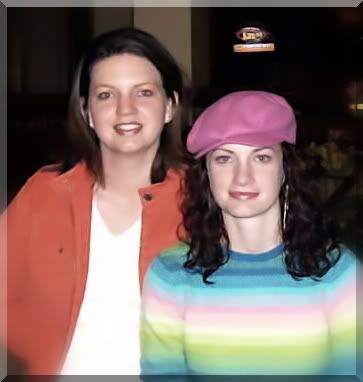Solidariti, a blog by Priscilla Brice-Weller and based in Australia, has a terrific post called "
Does Effort = Effect." Priscilla has developed a very simple (even I'm not afraid of it) formula for determining which social media applications make the most sense for an organization to participate in.
The "effort" score is made up of the amount of time required to develop the took, the amount of money needed to get going and to maintain and the amount of "in-house geekiness" (technical know-how) required. Rate each on a scale of 1 to 5, resulting in a total max score of 15.
Effect score is much more subjective. Think about the potential effect of each tool for your organization and rank it on a 1 to 5 scale.
The result, a graph that gives you four quadrants:
Yellow: Must Haves (low effort, big effect)
Green: Should Haves (greater effort, big effect - probably worth the time/money investment)
White: Can Have (if you don't spend much time, the effect could be worth it)
Blue: Stay Away! (too much effort, too little effect)

This graph was created for
ANTaR, but you can easily do the same for your organization.
A couple of definitions:
Demographic refers to Web sites that appeal to a core demographic and allow nonprofits to participate by having their own page and connecting with potential volunteers, donors, etc.
I have no idea what Bespoke it (up in the corner) and I'm not sure what Priscilla means by maps. Maybe she'll come by and leave a comment...
Great tool! I plan to use it in the near future. I'll try to post the results.
 Verve in Bloom has moved to Wordpress.
Verve in Bloom has moved to Wordpress. Verve in Bloom has moved to Wordpress.
Verve in Bloom has moved to Wordpress. There are more than 70 million blogs around the world and more are being created every second. Blogs are the new kid on the media relations block – So how do they fit in?
There are more than 70 million blogs around the world and more are being created every second. Blogs are the new kid on the media relations block – So how do they fit in? Apologies all around for being a bit slow with the posts so far this month. I think with the rise in temperatures comes an stymied ability to multi-task effectively. And for some reason, that meant In Bloom fell off a bit.
Apologies all around for being a bit slow with the posts so far this month. I think with the rise in temperatures comes an stymied ability to multi-task effectively. And for some reason, that meant In Bloom fell off a bit.

